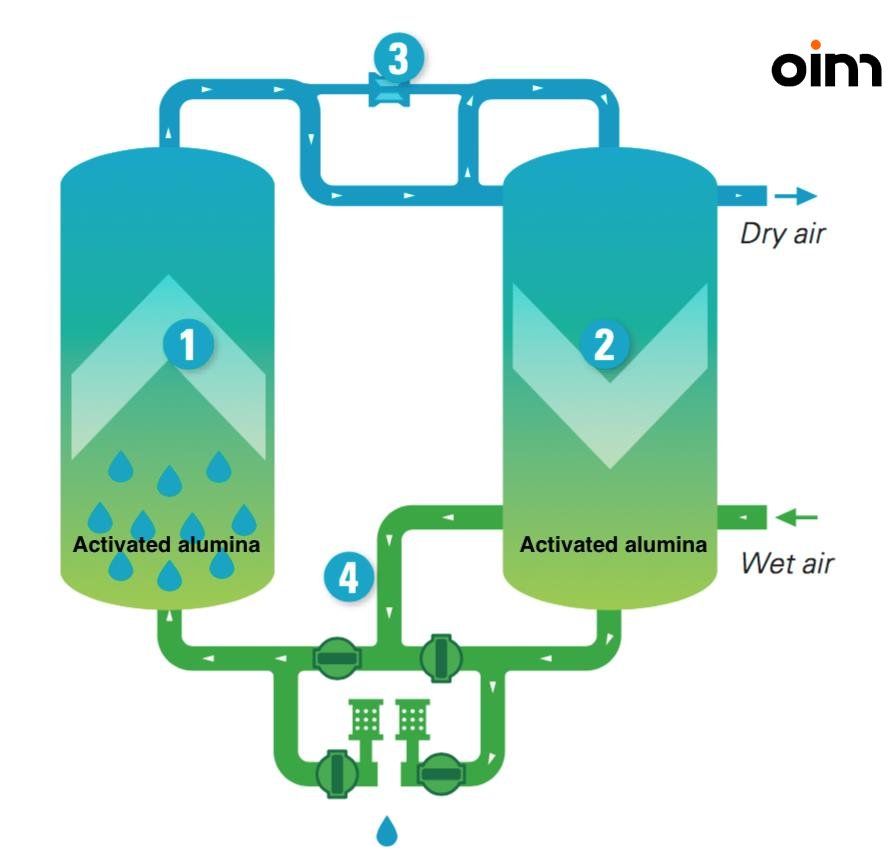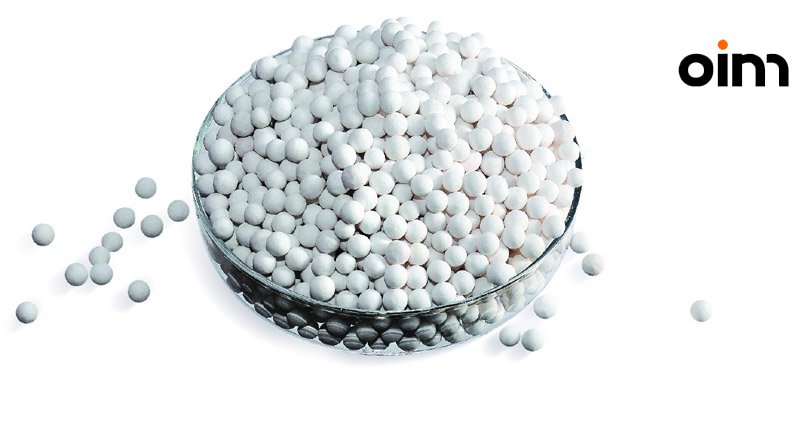The application for desiccant and adsorbent
2022-10-23
What is a physical desiccant? It refers to molecular sieve, silica gel, activated alumina, etc., which are dried by physically adsorbed water to avoid the occurrence of defective products caused by contacting excess water. It is a kind of physical adsorption. It is applicable to prevent instruments, meters, electrical equipment, drugs, etc. from being affected with damp,
Next, I will introduce some common desiccants, that is, the adsorbent.
1. Molecular sieve: Molecular sieve is a kind of synthetic hydrated aluminosilicate or natural zeolite with molecular screening function. The general chemical formula is (M ′ 2M) O · Al2O3 · xSiO2 · yH2O. M ′ and M are monovalent and divalent cations such as K+, Na+, Ca2+, Ba2+, etc. In the structure, there are many pores with uniform pore size and well arranged cavities, which are used to adsorb molecules smaller than this pore size, with high adsorption capacity, strong selectivity and high temperature resistance. Moreover, molecular sieves can be regenerated at high temperature and reused. Different models can be selected according to the needs of the process.
The shape of molecular sieve can be roughly divided into spherical, cylinder and activated powder. The basic models are roughly divided into 3A、4A、5A、13X. According to the different molecular ratios of SiO2 and Al2O3, different pore diameters are obtained, corresponding to 0.3nm, 0.4nm, 0.5nm and 1nm respectively.
For example, molecular sieve 13X APG is used to meet the special requirements of cryogenic air separation and avoid the phenomenon of freezing tower. Molecular sieve 13X HP is used to prepare oxygen for household or medical use. 3A insulation glass molecular sieve is used to absorb water and residues in the hollow glass to make it smooth and transparent, and prevent internal and external pressure difference. Carbon molecular sieve is used for pressure swing adsorption nitrogen generator to produce high-purity nitrogen. There is also lithium molecular sieve, which is specially used to produce high-purity oxygen. Of course, lithium molecular sieve is also expensive.
2. Activated alumina: also known as activated bauxite. Activated alumina belongs to the category of chemical alumina and is mainly used as adsorbent, water purification agent, catalyst and catalyst carrier. Activated alumina has selective adsorption ability for gas, steam and some liquid moisture. After saturated adsorption, the water can be removed by heating at about 175~315 ℃ to revive. Adsorption and reactivation can be carried out many times. In addition to being used as a desiccant, it can also absorb lubricating oil vapor from polluted oxygen, hydrogen, carbon dioxide, natural gas, etc. It can also be used as catalyst, catalyst carrier and chromatographic analysis carrier. It can be used as a fluoride remover for drinking water with high fluoride (large fluoride removal capacity), a fluoride remover for circulating alkanes in the production of alkyl benzene, a deacidification regenerant for transformer oil, a gas drying agent for oxygen production industry, textile industry, electronic industry, a drying agent for automatic instrument air, a drying agent and a purifying agent (dew point up to - 40 ℃) for chemical fertilizer, petrochemical drying and other industries, and a pressure swing adsorption dew point up to - 55 ℃ for air separation industry. It is an efficient desiccant for deep drying of trace water. It is very suitable for heatless regeneration devices.

3. Silica gel: Also called silica acid gel, oxidized silica gel, with the general formula of xSiO2 · yH2O, is a highly active adsorption material, which is an amorphous substance. The main component of silica gel is silicon dioxide, which is chemically stable and non combustible.
Silica gel is divided into organic silica gel and inorganic silica gel. Organic silica gel will not be discussed for the time being. Inorganic silica gel is mainly used for drying. Common dry silica gel includes colorless silica gel desiccant and colored silica gel desiccant.
The colorless silica gel desiccant is white silica gel, and the colored silica gel desiccant is also called discolored silica gel, and its color will change with the amount of absorbed water. Therefore, colorless silica gel desiccant is usually used together with colored silica gel desiccant when the degree of adsorption needs to be observed. Colored silica gel is divided into blue silica gel and orange silica gel.

Blue silica gel: The appearance is blue translucent glass, and the blue silica gel is widely used for moisture-proof packaging of precision instruments, leather, clothing, food, medicine and household appliances. After absorbing water, it will slowly become light blue, until it becomes light red and light pink after saturation.
Orange silica gel: also known as "cobalt free chromotropic silica gel", which does not contain cobalt chloride in blue silica gel (cobalt chloride is listed as a carcinogen that pollutes the environment by western countries, is an environment-friendly desiccant, with the appearance of orange or translucent glass particles, and will become white and transparent after absorbing saturated water.
Jiangxi OIM Chemical Co., Ltd. is mainly engaged in various adsorbents and fillers used in the chemical industry, molecular sieves, activated alumina, ceramic balls, silica gel and various chemical fillers. If you need, please feel free to contact us to help you.

